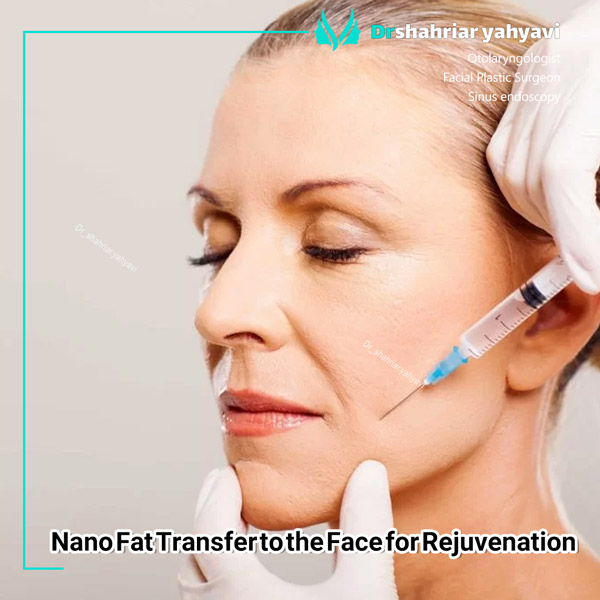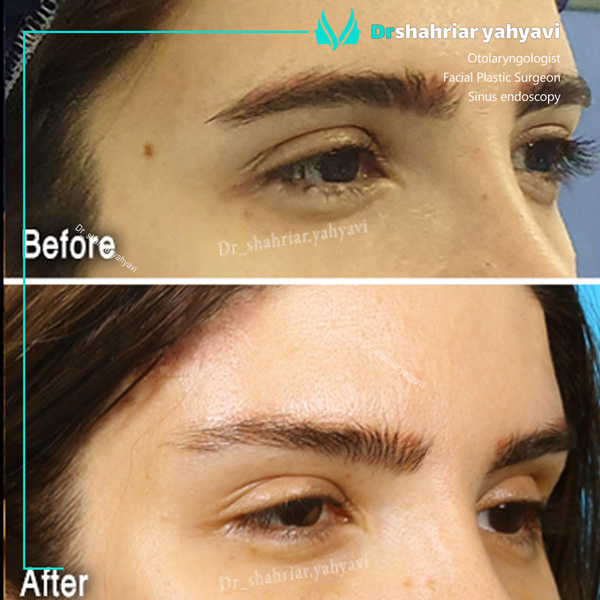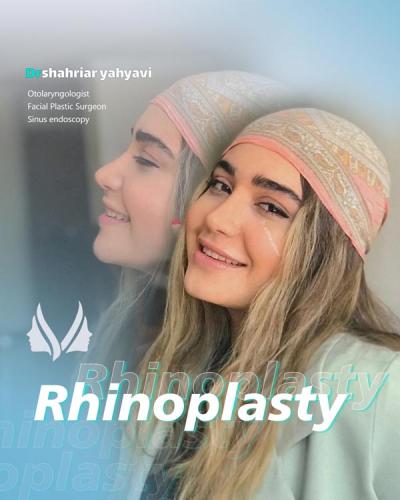Rhinoplasty, commonly referred to as a “nose job,” is a surgical procedure that can greatly enhance one’s facial appearance and improve breathing. While it offers numerous benefits, the recovery process is known for causing discomfort and pain. Fortunately, there are various strategies and techniques to help mitigate rhinoplasty pain and ensure a smoother, more manageable recovery. In this article, we’ll explore these rhinoplasty pain reduction methods, offering valuable insights to prospective rhinoplasty patients.

Understanding Rhinoplasty
Rhinoplasty is a surgical procedure aimed at reshaping or altering the appearance of the nose. It can be performed for cosmetic reasons, functional improvements, or a combination of both. The surgery typically involves making incisions, manipulating bone and cartilage, and closing the incisions. While the results can be highly satisfying, it is crucial to understand that rhinoplasty often involves post-operative discomfort and swelling. Pain management is a critical aspect of the recovery process.
Rhinoplasty Pain Management Techniques
۱٫ Medication Management
One of the most common methods to alleviate post-rhinoplasty pain is through medication. Your rhinoplasty surgeon will prescribe pain relief medications to manage discomfort during the initial stages of recovery. Non-steroidal anti-inflammatory drugs (NSAIDs) and opioids are typically used. It is essential to follow your surgeon’s recommendations and dosage instructions to avoid potential side effects and addiction issues associated with opioids. You should also report any adverse reactions or concerns to your medical team.
۲٫ Ice Packs
The application of ice packs can significantly reduce pain and swelling after rhinoplasty. Cold therapy helps constrict blood vessels, decreasing inflammation and providing temporary relief. Gently place ice packs or cold compresses on your nose for 15-20 minutes at a time, but avoid direct contact with the skin to prevent frostbite. This method is often recommended during the initial days of recovery.
۳٫ Elevation
Elevating your head while resting or sleeping is another effective pain-reduction technique. Keeping your head at a 30 to 45-degree angle helps minimize swelling and discomfort. This can be achieved by using extra pillows or investing in a wedge pillow specially designed for post-rhinoplasty recovery.
۴٫ Nasal Packing and Splints
After the surgery, your surgeon may place nasal packing and splints inside your nose to support the healing process. While these can be uncomfortable, they are essential for proper healing. Follow your surgeon’s instructions regarding care and maintenance of these packing and splints to minimize pain and complications.
۵٫ Topical Anesthetics
Topical anesthetics in the form of creams or gels can help numb the area around your nose and alleviate pain. These can be used as directed by your surgeon to provide relief, especially during dressing changes or other times when pain may be more pronounced.
۶٫ Proper Wound Care
Good wound care can significantly reduce the risk of infection and complications, which can exacerbate pain. Follow your surgeon’s instructions for cleaning and caring for your incisions or packing. Proper hygiene can promote faster healing and reduce pain.
Long-Term Rhinoplasty Pain Reduction Strategies
While the immediate post-operative period is the most painful, pain can persist for several weeks after nose job. Here are some long-term strategies for managing pain during your recovery:
۱٫ Minimize Physical Activity
Rest is essential during your recovery period. Physical activities, especially strenuous exercise, can increase swelling and discomfort. Your surgeon will provide guidance on when it’s safe to gradually resume regular activities.
۲٫ Maintain a Healthy Diet
A well-balanced diet can aid in the healing process and reduce inflammation. Ensure you’re consuming foods rich in nutrients like vitamins A and C, which promote tissue repair. Staying well-hydrated is also crucial for proper healing.
۳٫ Avoid Smoking and Alcohol
Smoking and alcohol can slow down the healing process and increase the risk of complications. Avoid these substances during your recovery to minimize pain and ensure a smoother healing journey.
۴٫ Protect Your Nose
Be mindful of protecting your nose from accidental bumps or pressure. It’s essential to avoid any activities or situations that could cause trauma to the nose, as this can lead to increased pain and complications.
۵٫ Follow Up with Your Surgeon
Regularly scheduled follow-up appointments with your surgeon are crucial. These visits allow your surgeon to monitor your progress, address any concerns, and adjust your treatment plan if necessary.
Conclusion
Rhinoplasty is a transformative procedure that can lead to significant improvements in both appearance and function. While pain and discomfort are expected during the recovery period, effective pain management techniques can greatly alleviate these issues. Medication, ice packs, elevation, nasal packing, and proper wound care are essential strategies for immediate pain reduction. Long-term pain management involves rest, a healthy diet, and avoiding harmful substances. By following your surgeon’s guidance and practicing these pain reduction techniques, you can ensure a smoother, more comfortable recovery after rhinoplasty. Remember that every patient’s experience may differ, so open communication with your surgeon is crucial throughout your recovery journey.






